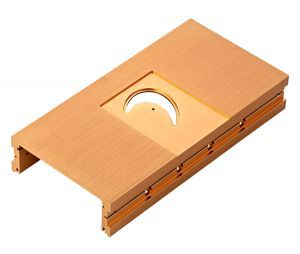
As we all know, LED lamps need good heat dissipation conditions when working to ensure the normal use and life of LEDs. The heat dissipation problem of LED lighting has always been the most difficult castle in the industry. In which direction will LED heat dissipation technology develop in the future?
Cooling method
Active heat dissipation: The method of adding a micro fan to increase convection heat dissipation can effectively reduce the junction temperature of the LED
Advantages: The heat dissipation effect is significant, because the heat emitted by the LED lamp mainly depends on convection heat dissipation, accounting for about 80%
Disadvantages: a. Noise: There will be noise after adding a fan, which may affect normal work, rest and entertainment. b. Life: the bearing life of general fans is difficult to reach the long life of LED lights, 100,000 hours. c. Cost: increased active heat dissipation Correspondingly increase product costs. Especially install long-life micro fans.
Passive heat dissipation: through the design of the material and structure of the LED light radiator, radiation and convection heat dissipation are increased.
Advantages: low noise and low cost Disadvantages: The heat dissipation effect depends on the structural design of the radiator, which requires more mature design technology.
Advantages and disadvantages of heat dissipation material for lamp housing:
Aluminum heat dissipation
Advantages: At present, the mainstream on the market is to use aluminum casting heat sinks for heat dissipation, which are characterized by lower cost, lighter weight, better heat dissipation performance, resistance to environmental corrosion, and wear resistance.
Disadvantages: Poor insulation. If there are circuit boards (such as LED bulbs, tubes) installed in the heat sink, additional insulation measures are required to prevent electric shock accidents or damage to the lamps due to short circuit boards; large heat dissipation volume, Not conducive to product miniaturization;
Ceramic heat sink
Advantages: relatively low price, corrosion resistance, and good insulation performance. If a circuit board is installed inside the heat sink, the safety performance requirements of the product can be met without excessive insulation treatment.
Disadvantages: heat dissipation performance is worse than aluminum radiator; fragile;
Copper heat dissipation
Advantages: Its heat dissipation performance is good. Relatively speaking, the copper material of the same volume of the heat sink can withstand the heat dissipation requirements of higher power LEDs than the aluminum material, which is conducive to product miniaturization. Disadvantages: 1 poor insulation, additional insulation treatment is required; 2 high price, unbearable for ordinary products
Thermally conductive plastic TCPA
Advantages: a. The injection molding design structure is free, which can give full play to convection heat dissipation. b. The emissivity is much larger than that of metal. The heat on the radiator can be quickly radiated into the air and taken away by convection. c. One-time molding and electrical insulation Performance, shorten the production cycle, increase output, and environmental protection and pollution-free. d. Lighter than aluminum alloy by more than 35%, reducing transportation costs. e. Freedom in appearance design, increasing the individual competitiveness of products.
Disadvantages: a. The cost of the development of abrasive tools is required in the early stage, and the average single cost price is equivalent to that of aluminum (the cost will be greatly reduced after mass production in the future).